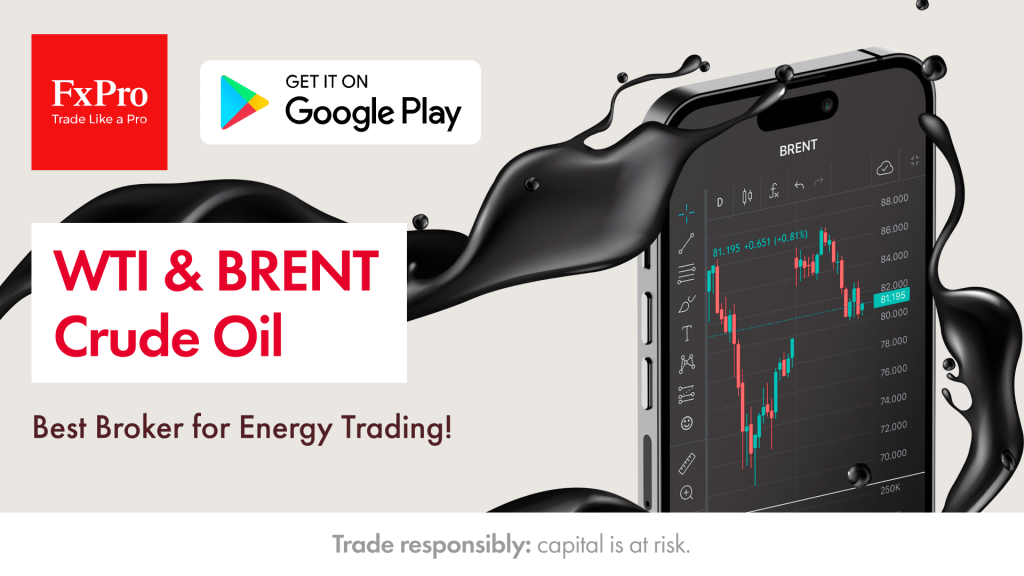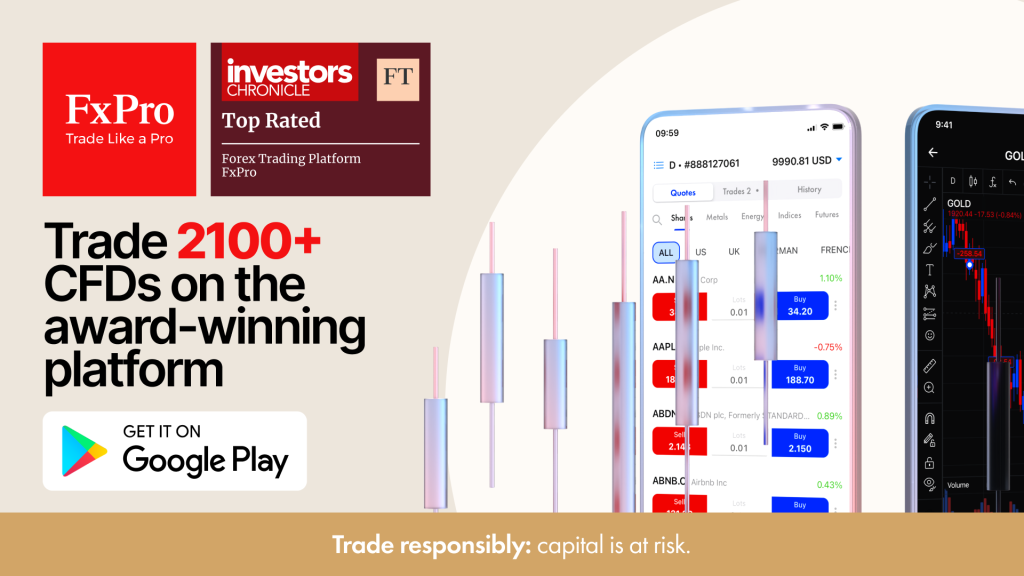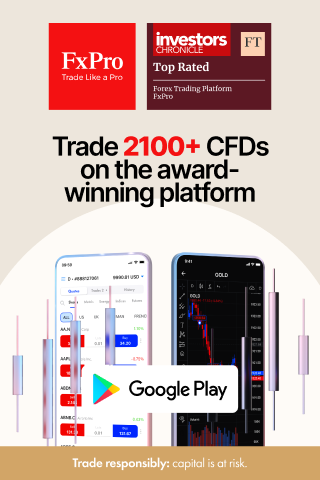In trading, correlation describes how two or more financial assets move in relation to each other. It shows whether their prices tend to rise and fall together or move in opposite directions. Understanding what is correlation in trading helps traders see hidden connections between markets and avoid taking multiple positions that might behave the same way.
For example, if two currency pairs usually move in the same direction, buying both increases exposure to a single market movement instead of diversifying risk. On the other hand, holding assets with weak or no correlation can make a portfolio more balanced.
In essence, correlation in trading meaning refers to the relationship strength between assets. This makes it a crucial concept for traders working with forex pairs, stocks, indices, or commodities. In simple terms, a correlation is a statistical measure that explains how one asset’s movement can influence another.

So, what does correlation mean in trading? It means understanding the connection between markets so you can reduce risk, improve diversification, and make better-informed decisions. Knowing the meaning of correlation in trading allows traders to anticipate how different instruments might behave under similar market conditions.
The Concept of Correlation Coefficient
To quantify how strong or weak the relationship between two assets is, traders use something called the correlation coefficient. This statistical measure ranges from -1 to +1, showing the degree and direction of correlation.
A positive correlation (closer to +1) means two assets tend to move in the same direction — for example, when the EUR/USD and GBP/USD pairs rise together due to U.S. dollar weakness. A negative correlation (closer to -1) shows that assets move in opposite directions, such as gold often rising while USD/JPY falls.
When the correlation coefficient in trading is near zero, there is zero correlation, meaning the assets have no consistent relationship — their movements are independent. Recognizing this helps traders understand whether adding a new position will increase or decrease overall exposure.
The correlation coefficient trading strategy uses these relationships to identify opportunities. For instance, if two assets that are usually highly correlated start to diverge, a trader might expect them to realign, opening a potential profit window. Therefore, the correlation coefficient trading concept is not just theoretical — it’s an essential analytical tool for both risk control and strategy development.
Positive and Negative Correlations Explained
In trading, not all assets move in the same direction. Some rise and fall together, while others behave in opposite ways. This is where the concept of positive and negative correlations becomes important.
A positive correlation in trading means that two instruments move in the same direction. For example, when EUR/USD goes up, GBP/USD often rises too, since both are influenced by the strength or weakness of the U.S. dollar. Stocks within the same industry can also have a strong positive correlation, moving together as investors react to sector-wide news.

A negative correlation, on the other hand, means that when one asset increases, the other tends to decrease. A classic example is gold and the U.S. dollar — when the dollar strengthens, gold often falls, and vice versa. Traders use this relationship to hedge positions or look for opportunities when the usual pattern breaks.
Understanding correlation trading definition helps traders see how interconnected global markets are. A correlation trading example might include buying EUR/USD while selling USD/CHF, as these pairs historically move in opposite directions. Recognizing such trading correlations can help balance risk and diversify exposure.
Position Correlation in Trading
Position correlation in trading refers to how different open trades within a trader’s portfolio move in relation to each other. Even when positions are placed on separate assets, they might still be connected if those assets share similar market drivers. For instance, being long on both EUR/USD and GBP/USD creates exposure to the same currency — the U.S. dollar — making the positions positively correlated.
Understanding correlation trading positions is essential for effective risk management. When multiple trades move in the same direction, profits can grow faster — but so can losses. This overlap is known as correlation risk in trading. It occurs when seemingly diversified trades actually depend on the same underlying factor, such as global risk sentiment or central bank policy.
A correlation trading position should always be evaluated in the context of the entire portfolio. For example, a trader holding several stock index CFDs might unknowingly be exposed to the same market behavior, reducing the benefits of diversification. By analyzing position correlation in trading, traders can avoid overexposure, improve balance, and maintain a controlled risk profile.
Correlation Analysis in Trading
Correlation analysis in trading is a method used to measure and understand how different financial instruments move in relation to each other. It helps traders identify patterns, reduce risk, and find opportunities by comparing price movements across multiple assets or markets. This analysis can be applied to forex pairs, commodities, stocks, or indices.
In practical terms, correlation analysis trading involves using tools like correlation matrices, heatmaps, or dedicated trading platforms that calculate correlation coefficients automatically. These visual tools allow traders to see which pairs or assets are closely linked and which behave independently. For instance, a trader might notice that EUR/USD and GBP/USD have a high positive correlation, while USD/JPY shows a weaker or even opposite relationship.
Understanding how can correlation analysis help in forex trading is crucial for position management. If several open trades are highly correlated, a sudden move in one asset might affect all positions at once, magnifying losses. Conversely, by selecting trades with low or negative correlation, a trader can build a more balanced and diversified portfolio.
Overall, correlation analysis in trading gives a clearer picture of market relationships, allowing traders to make smarter and more controlled decisions.
Correlation in Forex Trading
Correlation in forex trading is one of the most important concepts for currency traders to understand. Since currencies are traded in pairs, every forex position automatically involves the relationship between two economies — meaning their price movements are often connected to others. Recognizing these connections allows traders to predict potential movements and manage overall exposure more effectively.
Currency correlation in forex trading shows how one pair moves in relation to another. For example, EUR/USD and GBP/USD often display a strong positive correlation because both are quoted against the U.S. dollar and react similarly to dollar strength or weakness. On the other hand, USD/CHF and EUR/USD tend to have a negative correlation since they move in opposite directions when the dollar changes value.

To measure and apply these relationships, traders often use a forex correlation indicator or a trading correlation calculator. These tools visually display how currency pairs interact over specific time frames, making it easier to spot patterns and correlations that could influence trading decisions.
Understanding what is correlation in forex and what is correlation in forex trading helps traders avoid redundant positions. Instead of opening multiple trades that all depend on the same currency movement, traders can select less correlated pairs to spread risk and enhance consistency in results.
Correlation in Other Markets: Stocks, Indices, and Crypto
Correlation is not limited to forex — it plays a major role across all financial markets. In the stock market, correlation in the stock market refers to how shares or sectors move together based on economic trends, investor sentiment, or global events. For instance, technology stocks often show a strong positive correlation, rising and falling together when investor appetite for risk changes.
Index correlation trading focuses on the relationship between major market indices such as the S&P 500, NASDAQ, DAX, or Nikkei. These indices tend to move in similar directions during global risk-on or risk-off phases. A trader monitoring these correlations can identify when one index lags behind others, opening opportunities for short-term trades or hedging strategies.
Correlation trading crypto is another growing area, especially as digital assets increasingly follow broader financial market trends. Bitcoin and Ethereum, for example, often show a positive correlation during market rallies. Moreover, the correlation between forex and stock market movements has strengthened in recent years, especially when global risk sentiment shifts.
Traders also use a market correlation index to gauge overall interconnectedness between asset classes. High market correlation usually indicates a strong collective reaction to macroeconomic events, while low correlation suggests more independent market behavior. Understanding these relationships helps traders diversify effectively and anticipate cross-market movements.
Correlation-Based Trading Strategies
Correlation based trading focuses on using the relationship between different assets to identify profitable opportunities and manage risk. Traders observe how two instruments typically move together and take positions when those movements deviate from their usual pattern. This approach helps spot mispriced assets or potential reversals when correlations weaken or break.
A popular technique is the correlation trading strategy, which uses data-driven analysis to find pairs of assets with a consistent relationship. When their correlation temporarily diverges, a trader can go long on the underperforming asset and short on the outperforming one, expecting the correlation to restore. This is known as a correlation pairs trading strategy.
In forex, correlation trading pairs such as EUR/USD and GBP/USD, or USD/JPY and gold, are commonly used. The goal is to benefit from differences in movement while maintaining balanced exposure. Similarly, correlation pairs in trading can be applied to indices, commodities, or cryptocurrencies, making it a flexible approach across markets.
However, every method has its limits. Correlation relationships can shift due to economic news, policy changes, or shifts in global sentiment. That’s why traders should continuously review correlation pairs in forex trading and other markets to adjust their positions accordingly. Properly managed, correlation-based trading can provide consistent opportunities while minimizing unnecessary risks.
Advanced Concepts: Divergence and Dispersion in Correlation
As traders gain more experience with market relationships, they often explore advanced techniques like correlation divergence trading and correlation dispersion trading. These methods focus on moments when typical correlations between assets weaken, reverse, or break entirely — often signaling new trading opportunities.
Correlation divergence trading occurs when two assets that usually move together start to behave differently. For instance, if EUR/USD and GBP/USD normally have a strong positive correlation but suddenly move in opposite directions, it may indicate a shift in market sentiment or a potential correction ahead. Traders can use this divergence to anticipate reversals or identify which market is leading the change.

Correlation dispersion trading, on the other hand, studies the broad breakdown of correlations across an entire market. When previously linked assets begin to move independently, it often signals uncertainty or volatility spikes. This approach is popular among institutional traders who track overall risk conditions and look for arbitrage or hedging opportunities.
While correlation trading strategies offer powerful insights, they also come with challenges. Correlation levels are not constant — they change with time, volatility, and macroeconomic conditions. Therefore, understanding both the opportunities and limitations of correlation trading strategies is vital for consistent performance. Successful traders monitor shifts in correlation regularly to stay ahead of market dynamics.
Conclusion
Correlation in trading is one of the most valuable tools for understanding how markets move and interact. By studying the relationships between assets, traders can manage risk more effectively, avoid overexposure, and identify high-probability setups. Whether applied to forex, stocks, indices, or crypto, trading correlation provides insights that go far beyond individual charts.
Using correlation trading techniques allows traders to balance their portfolios and make more strategic decisions. For example, if several open positions share similar market exposure, adjusting or reducing them helps maintain better control. Likewise, spotting changes in correlation can alert traders to potential market shifts before they become visible on price charts.
In practice, correlation trading involves constant analysis, comparison, and adjustment. It can be as simple as checking correlated forex pairs or as advanced as building a correlation trading example model across multiple asset classes. As markets evolve, staying aware of these relationships ensures that trading remains structured and data-driven.

Ultimately, understanding and applying correlation trading helps transform market complexity into opportunity. It provides traders with a broader perspective — not just on single instruments, but on how the global financial system moves as one connected network.
FAQ — Correlation in Trading
1. What is correlation in trading?
Correlation in trading shows how two or more assets move in relation to each other. It helps traders understand whether markets move together, in opposite directions, or independently, which is crucial for managing risk and building balanced strategies.
2. What does correlation mean in forex trading?
In forex, correlation refers to how currency pairs behave relative to each other. For example, EUR/USD and GBP/USD often move in the same direction due to their connection with the U.S. dollar, while USD/CHF tends to move in the opposite direction.
3. How can correlation analysis help in forex trading?
Correlation analysis helps traders identify pairs that are closely related and avoid overexposure to similar movements. It’s also used to find new opportunities when highly correlated pairs start to diverge.
4. What is a correlation coefficient in trading?
The correlation coefficient in trading measures the strength and direction of the relationship between two assets. It ranges from -1 to +1:
- +1 means a perfect positive correlation,
- -1 means a perfect negative correlation,
- 0 means zero correlation (no relationship).
5. What is correlation risk in trading?
Correlation risk occurs when multiple trades in a portfolio move in the same direction, increasing potential losses. For example, holding several USD-based pairs may result in higher risk if the U.S. dollar suddenly strengthens or weakens sharply.
6. How do traders use correlation trading strategies?
Traders use correlation trading strategies to profit from predictable relationships between assets. When correlated assets diverge temporarily, traders can enter positions expecting the prices to realign — a method often used in pairs trading.
7. What is positive correlation in trading?
A positive correlation means that when one asset rises, the other tends to rise as well. In forex, pairs like EUR/USD and GBP/USD typically show a positive correlation due to similar reactions to the dollar.
8. What is negative correlation in trading?
A negative correlation means that when one asset increases, the other decreases. For example, gold and the U.S. dollar often have a negative correlation — when the dollar strengthens, gold prices tend to fall.
9. What are correlation divergence and dispersion trading?
Correlation divergence trading focuses on moments when two related assets start to move differently, signaling a possible trading opportunity. Correlation dispersion trading studies the overall weakening of correlations across markets, often during volatility spikes.
10. What are the main benefits and limitations of correlation trading?
Benefits: better risk management, portfolio diversification, and identification of high-probability trades.
Limitations: correlations change over time and can break during unexpected events or strong market trends.




